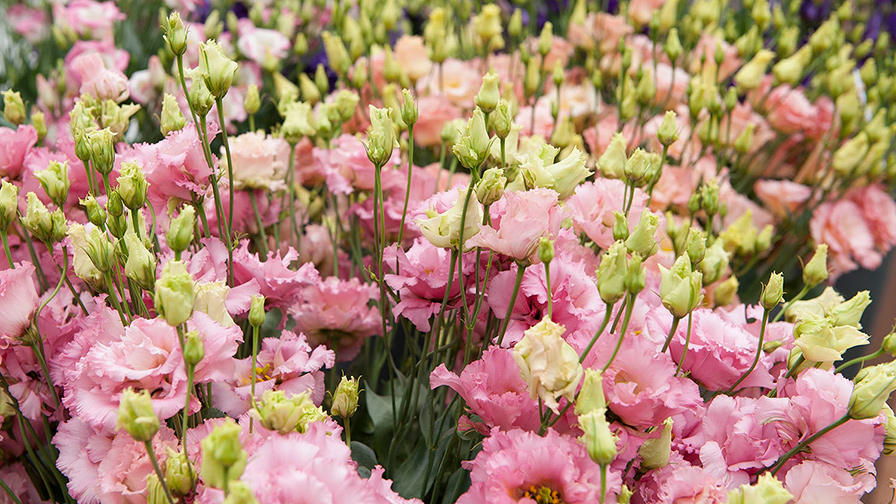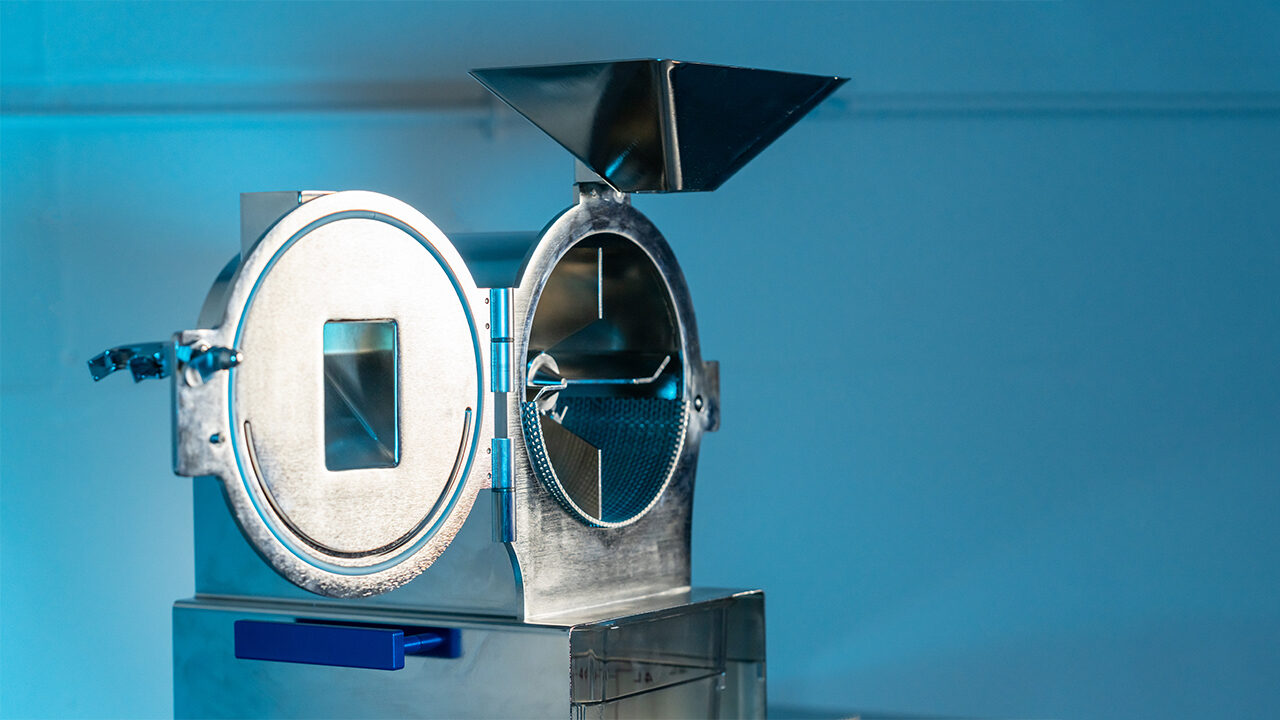Tips on How To Grow Lisianthus Cut Flowers
Are you looking to grow Lisianthus cut flowers? We recently asked Bob Croft, Technical Support Manager and Trials Manager at Sakata Seed America, Inc., about growing Lisianthus. Here is what you need to know.
The number one thing to decide when growing Lisianthus, Croft says,is to pick your variety. Each variety has a different season it prefers. Croft organizes them as the following:
- Group 0 (November – March)
- ‘Borealis’
- Group 1 (March – June)
- ‘Doublini’
- ‘Echo’
- ‘Rosanne 1’
- ‘Rosita 1’
- Group 2 (June – August)
- ‘Excalibur’
- ‘Mariachi’
- ‘Rosanne 2’
- ‘Rosita 2’
- ‘Voyage 2’
- Group 3 (August – October)
- ‘Mariachi Grande’
- ‘Rosita 3’
- ‘Voyage 3’

Lisianthus ‘Voyage 2’ are group 2 meaning they will grow best when started in June and finishing in August. Photo courtesy of Sakata Seed America, Inc.
Once you have picked your variety, it is important to keep three factors in mind about the flowers.
- Temperature (warmer temperatures accelerate flowering)
- Light intensity (high light intensity accelerates flowering)
- Day length (long days accelerate flowering)
Other things to be aware of when growing Lisianthus is to keep soil from becoming too moist. These flowers are native to the southwestern U.S. and Mexico. Drip irrigation is recommended.
After transplanting the flowers, the flowers should be fully grown in 14 to 16 weeks and ready to harvest. It is recommended to give the flowers ton days of relatively high humidity to allow the plant to adjust.
Media: Use a flower bed with a rich organic soil that is pest and pathogen free. Cultivate it to a depth of 18 inches.
Propagation/Flowering: During periods of high light and warm temperatures, a light shade on the greenhouse roof is recommended to avoid flower scorch. Stems are usually harvested when one or more flowers are open. There is a longer period between the opening of the first and second flower than from the opening of the second and third flower.
Scheduling: 14 to 16 weeks.
Planting: Transplant seedlings when they are young and actively growing (around the fourth true leaf stage). Maintain high relative humidity for ten days after transplanting. Do not let the soil dry out. Space each flower 4by 6 inches apart. Support wires are necessary to support the plants as they grow.
pH/EC: 6.2 –6.5 (plug), 6.5 –7.2 (finished) EC –Plug: 0.26 –0.75 mmhos/cm (1:2) / 0.76 –2.0 (SME) EC –Finishing: 0.76 –1.25 mmhos/cm (1:2) / 2.1 –3.5 (SME)
Temperature: Germination: 70°F Growing: 65-77°F
Light: Extend the day gradually over a period of eight weeks from 15 to 20 hours with lighting, (approximately 600-900-foot candles / 6,500-9,700 lux).
Fertilizer: Lisianthus doesn’t need high fertilizer levels. The use of calcium nitrate-based fertilizer is recommended for strong stems and reduce soft growth.
Watering: The use of drip irrigation is best to reduce free moisture on the plants. Some growers bury the irrigation lines 2 to 3 inches under the soil, which imitates the natural habitat of Lisianthus and helps promote a deep and strong root system.
Pests/Diseases to Monitor: Fungus gnats (plug stage), leaf miner, thrips, botrytis, fusarium, pythium. and rhizoctonia.









